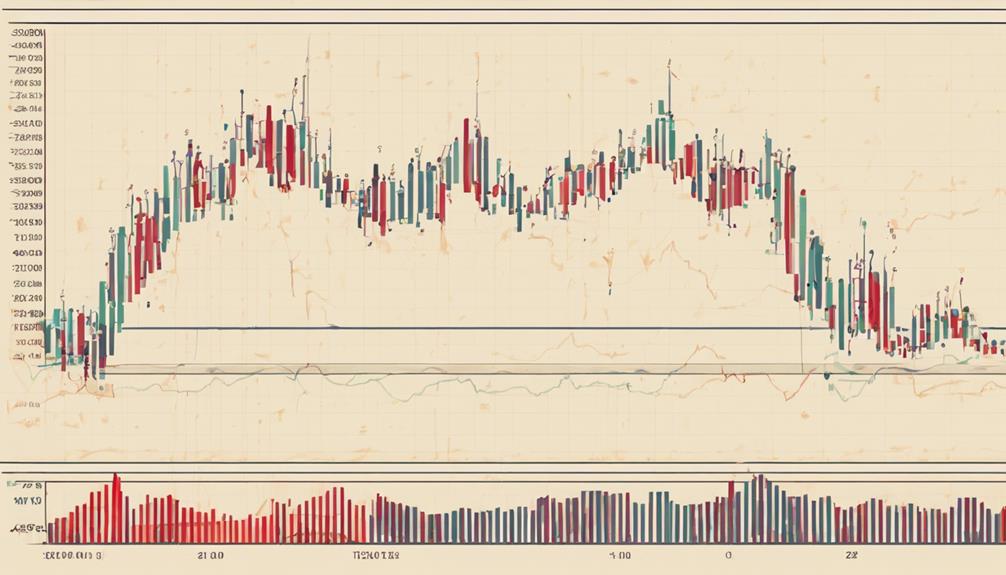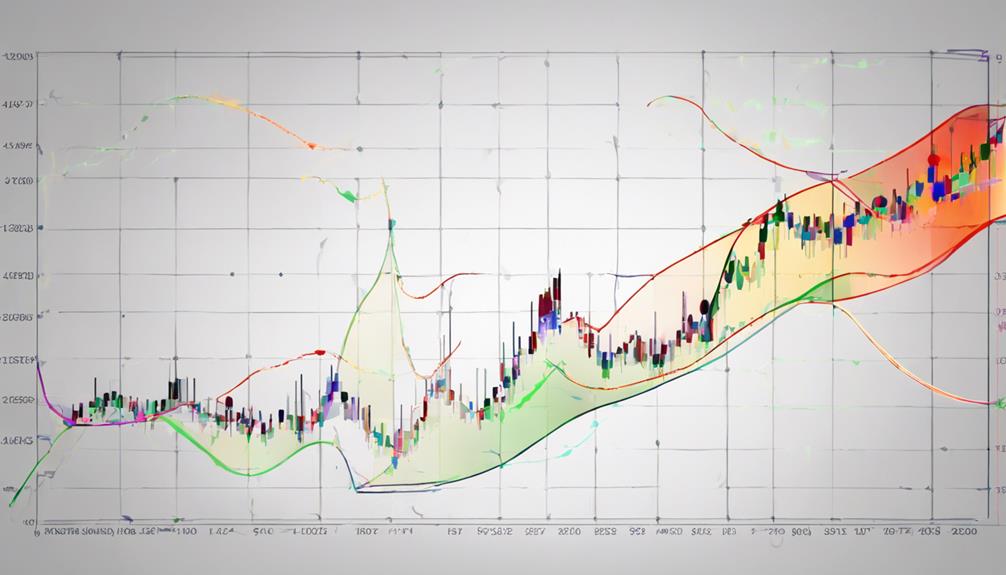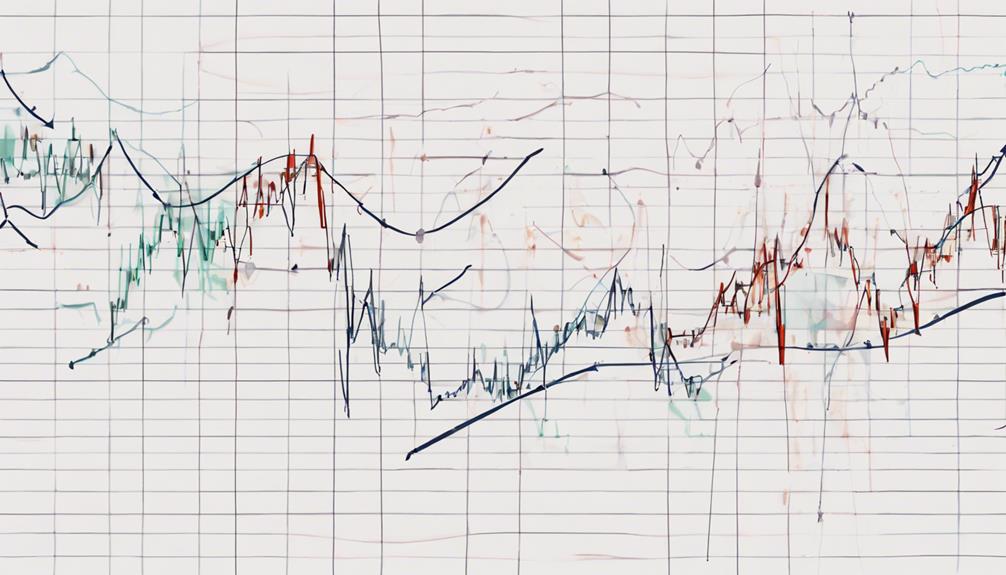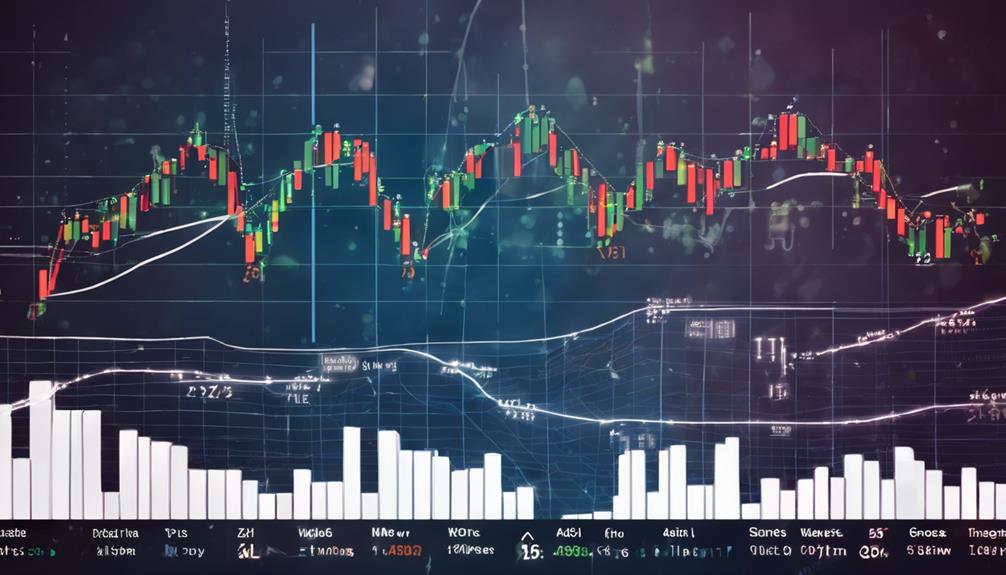Elliott Wave Theory serves as a fundamental tool for market predictions due to its unique ability to uncover the underlying psychological factors that drive market movements. By analyzing wave patterns and wave degrees, investors gain valuable insights into potential trend reversals and market dynamics.
However, the true power of Elliott Wave lies not just in its predictive capabilities but in its capacity to provide a comprehensive framework for understanding the intricate interplay between investor sentiment and market behavior. This theory, when applied effectively, can offer a strategic advantage to those seeking to navigate the complexities of financial markets and make informed investment decisions.
Understanding Elliott Wave Theory
The foundation of successful market predictions lies in a comprehensive understanding of Elliott Wave Theory. Developed by Ralph Nelson Elliott, this framework aims to forecast market movements by identifying repetitive wave patterns. Elliott Wave Theory categorizes waves into two main types: impulse waves and corrective waves.
Impulse waves consist of five-wave patterns that move in the direction of the trend, while corrective waves exhibit three-wave patterns that move against the trend. In utilizing this theory for market predictions, investors delve into chart reading and analyze wave degrees to identify potential trend reversals.
Moreover, Fibonacci numbers play a crucial role in analyzing wave patterns, providing additional insights for decision-making. By applying Elliott Wave Theory, traders can gain a deeper understanding of market dynamics, predict price movements more accurately, and effectively manage risks in the financial markets.
Importance of Wave Patterns

Analyzing wave patterns is essential for traders seeking to make informed decisions in the financial markets based on repetitive structures. The Elliott Wave Principle provides a systematic way to understand market trends through wave structures.
The 5-3 wave pattern, consisting of five waves in the direction of the main trend followed by three corrective waves, offers a framework for predicting future market movements. By recognizing these patterns in various timeframes, traders can anticipate potential price changes and adjust their strategies accordingly.
Additionally, incorporating Fibonacci relationships within Elliott Waves enables traders to pinpoint precise entry and exit points, enhancing their decision-making process. Understanding wave patterns is crucial for effective risk management in trading and investing, as it allows traders to set realistic profit targets and stop-loss levels based on the wave structures.
Ultimately, mastering wave patterns empowers traders to navigate the markets with more confidence and precision.
Market Prediction Applications

Utilizing Elliott Wave Theory in market prediction applications offers traders a valuable framework for identifying trends and potential reversals based on repetitive wave patterns. The Elliott Wave Principle, with its focus on impulse and corrective waves, plays a crucial role in predicting market movements in stock and commodity markets. By analyzing wave patterns, traders can anticipate the direction of future price movements and make informed decisions.
One of the key components of Elliott Wave Theory is the 5-3 wave pattern, which highlights the alternating nature of market trends. Additionally, incorporating Fibonacci numbers into the analysis enhances the accuracy of market predictions, as these levels often act as significant support and resistance zones.
Investor Behavior Insights

Insights into investor behavior can be gained through the analysis of repetitive wave patterns in market swings, as elucidated by the Elliott Wave Principle. This theory delves into the intricate dynamics of market behavior by identifying impulse waves that signify investor optimism and corrective waves that indicate caution or pessimism.
By understanding these patterns and the underlying investor psychology, market participants can foresee potential future trends and adjust their strategies accordingly. The ability to gauge market sentiment through Elliott Wave analysis equips investors with valuable tools to enhance their trading strategies and improve risk management practices.
Consequently, by incorporating insights derived from repetitive wave patterns, investors can make more informed decisions, capitalize on opportunities, and mitigate potential risks in the ever-evolving financial markets.
Enhancing Trading Strategies

Enhancing trading strategies through the application of Elliott Wave Theory offers traders a structured approach to identifying market trends and optimizing risk management practices for strategic decision-making.
By understanding wave patterns and utilizing wave counts and wave degrees, traders can anticipate potential price movements, allowing for more informed decision-making in financial markets. This analytical approach enables traders to capitalize on profit opportunities by strategically entering and exiting trades based on the theory's insights into market behavior.
Moreover, the Elliott Wave Principle provides a systematic method for analyzing market trends and reversals, enhancing the effectiveness of trading strategies. Through the incorporation of Elliott Wave analysis, traders can fine-tune their risk management techniques, leading to improved trading outcomes and a competitive edge in navigating the complexities of the financial markets.
How Does Elliott Wave Theory Influence Market Predictions for Swing Trading?
Elliott wave theory and swing trading go hand in hand when it comes to predicting market movements. Traders use the wave patterns to identify potential reversal points, helping them make informed decisions on when to enter and exit trades. By understanding these patterns, traders can improve their accuracy in predicting market swings.
Frequently Asked Questions
What Are the Advantages of Elliott Wave Theory?
Elliott Wave Theory offers investors a structured approach to market analysis by identifying patterns driven by human behavior. Its integration of Fibonacci numbers enhances precision in forecasting, enabling market technicians to make informed decisions.
Is Elliott Wave Forecast Reliable?
While Elliott Wave Forecasting can offer valuable insights into potential market scenarios, its reliability is subject to interpretation. Traders and analysts may find its structured framework helpful, but the accuracy of forecasts depends on various factors.
Is Elliot Wave a Good Strategy?
Elliott Wave Theory can be a valuable strategy for traders seeking to analyze market trends and identify potential trading opportunities. By recognizing wave patterns and cycles, it offers a structured framework for making informed decisions.
Is the Elliott Wave Nonsense?
The debate over the validity of Elliott Wave Theory continues, with critics questioning its reliability due to vague predictions and subjective interpretations. Some argue external factors are disregarded, making it challenging for beginners.
Conclusion
In conclusion, Elliott Wave Theory provides a valuable framework for market predictions by analyzing wave patterns and investor behavior. Its application of Fibonacci numbers enhances its predictive capabilities, making it essential for market technicians and forecasters.
Interestingly, a study by Frost & Prechter found that Elliott Wave analysis accurately predicted major market turns in over 70% of cases, highlighting its significance in financial forecasting.
